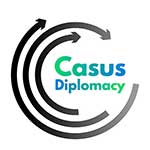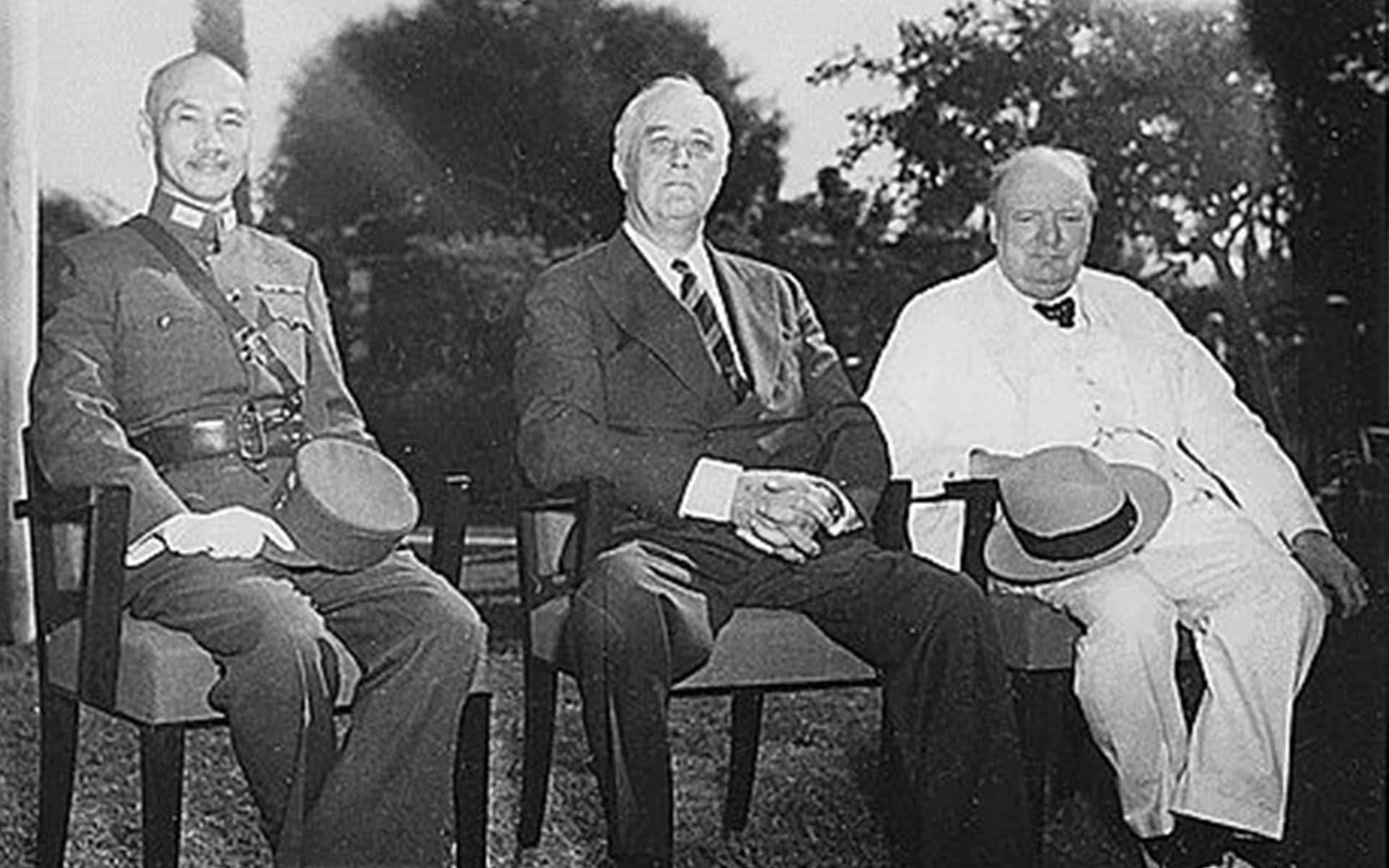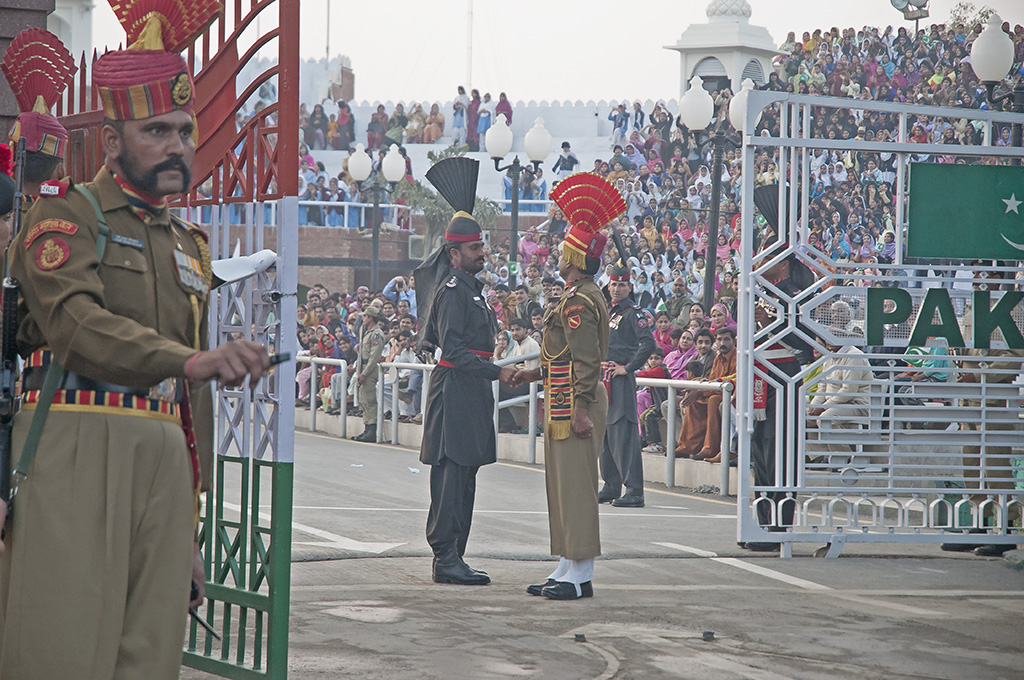Taiwan: Part of China?
Ever since Russian President Vladimir Putin launched the biggest war in Europe since the Second World War, Taiwan and China’s relations have attracted international attention. To better understand this complex and controversial situation in Taiwan, we should probably go back to 1943.
Is Taiwan’s situation uncertain?
In Cairo (Egypt) in 1943, US President Franklin Roosevelt, British Prime Minister Winston Churchill and Chinese Generalissimo[1] Chiang Kai-shek made some decisions about the post-war world order in Asia and the way forward against Japan. After the conference, it was stated that “Japan will be cleansed of all the islands in the Pacific that it has captured or occupied since the beginning of the First World War in 1914, and all the territories it has stolen from the Chinese, such as Manchuria, Formosa and the Pescadores, and that these territories will be returned to the Republic of China”. The document signed with the Cairo Declaration was only an instrument, not an international agreement. But some critics believe that only an international agreement can recognize the settlement of certain terrorists, thus making some people believe that Taiwan is illegally occupied by China. Regarding the government of the Republic of China and historical facts, I quoted Press Release No. 010 of the Chinese Ministry of Foreign Affairs (Taiwan) in 2014. As stated by the government, the Potsdam Declaration, the San Francisco Peace Treaty, the Treaty between the ROC and Japan, and other recognized international laws and treaties mention the Cairo Declaration, meaning that the Cairo Declaration has legal binding authority. Bottom line: The Cairo Declaration places Taiwan in a disputed position.
Taiwan was ceded to Japan by the Qing in 1895 and rejoined China after the Japanese defeat at Tokyo Bay in 1945 (after the surrender). However, the nationalist party did not govern Taiwan seriously when it took control of the island. They focused all their attention on China’s civil war with the Communists until they moved their capital from Nanjing to Taipei in 1949. The Nationalist parties intended to use the region as a temporary base to regain control of mainland China. However, around 2 million people, including soldiers and their families, fled with the nationalists. The government must therefore find ways to resettle these people while creating jobs for them. Due to the failure of the Nationalist party in China, the government wanted to avoid a repeat of this situation in the future. As a result, when the Republic of China moved to Taiwan, the government soon declared martial law to control the communities. This was the longest martial law in world history, lasting 38 years and lifted in 1987. Since then (since 1987) a new era of democratization has begun in Taiwanese societies.
The “Chinese Dream” and Taiwan Democracy
Taiwan held its first direct presidential election in 1996 and experienced its first rotation of power to the main opposition Democratic Progressive Party (DPP) in 2000, marking a turning point towards the consolidation of democracy. China has nothing to do with Taiwan’s democratization. In fact, the Chinese Communists have never had sovereignty over Taiwan, although China sees Taiwan as a breakaway province that will eventually come under Beijing’s control, but the self-reliant people in Taiwan are not easily influenced by Beijing’s pressure or power. While there is a growing political will in China to take Taiwan by force, Taiwan is de facto moving away from China. According to Taiwan’s NCCU Election Study Center of Taiwan, which tracked changes in independence and unification in Taiwan from 1994 to 2022: Maintaining the status quo is still the main consensus among Taiwanese societies, but the growing number of people who believe Taiwan should “move towards independence” should be taken into account.
[sources: Election Study Center, National Chengchi University]
In 2019 and 2020, protests in Hong Kong led to an increase in people supporting independence. This demonstration also showed how easily the Chinese Communist Party can deviate from their commitment to Hong Kong in order to protect their “Communist-led state”. They reneged on their promise to “guarantee Hong Kong’s freedom and rights under Hong Kong and international law”. This system was proposed by China as a plan to unify Taiwan. People fear that if Taiwan is unified, it may be difficult to predict when the government will change its policies and promises towards Taiwan. This also increases people’s awareness of Taiwan’s sovereignty and their negative opinion of authoritarian regimes. As Taiwan has been under martial law for nearly 40 years, people have accepted that “democracy is a necessary evil”. Moreover, the younger generation is taking steps to build their own “Taiwanese national identity” instead of a “purely Chinese identity”. As a result, the number of supporters of Taiwanese independence is growing.
The unification of Taiwan is also part of Xi’s “Chinese Dream”. However, Taiwan has gone through a transition from authoritarian to democratic to full-fledged democracy and has made the hard-won achievements of democracy publicly visible. In China, on the other hand, there is no hope for democracy under President Xi Jing-ping. Human rights abuses in Uyghurism, the collapse of “one country, two systems” in Hong Kong, zero coexistence policies in China, and many other policies have disillusioned people who were once positive about China’s democratization.
Governing a democratic Taiwan may never be easy for communists. After more than 70 years of separation, both sides have developed completely different political systems. Therefore, for the time being, it is probably better and more sensible for people to ask “How do communist governments run Taiwan?” rather than “Will the Chinese Communists take over Taiwan?”.
Wen-Yu Hung
Graduate student-Boston University Pardee School of Global Studies
- Foreign Relations of the United States, Diplomatic Papers, The Conferences at Cairo and Tehran, 1943 (Washington, DC: United States Government Printing Office, 1961), 448-449. https://history.state.gov/historicaldocuments/frus1943CairoTehran
- Thim, M. & Turton, M. (2017, July 17). The Chinese Cult of Cairo and the status of Taiwan. The Diplomat. Retrieve from https://thediplomat.com/2017/07/the-chinese-cult-of-cairo-and-the-status-of-taiwan/
- Sheu, G. (2014, August 8). No, Taiwan Status is Not Uncertain. The Diplomat. Retrieve from https://thediplomat.com/2014/08/no-taiwans-status-is-not-uncertain/
- Chu, Y & Diamond L. (2001). Sizing Up Taiwan’s Political Earthquake. Journal of East Asian Studies, 1(1):211-235.
- Ministry of Foreign Affairs Republic of China (Taiwan). (2014, January 21) Ministry of Foreign Affairs clarifies legally binding status of Cairo Declaration. https://en.mofa.gov.tw/News_Content.aspx?n=1329&s=32322
- (2022, July 12). Taiwan Independence vs. Unification with the mainland (1994/12~2022/06). Election Study Center, National Chengchi University. https://esc.nccu.edu.tw/PageDoc/Detail?fid=7801&id=6963
[1] commander




Comments